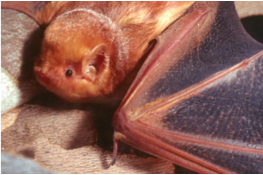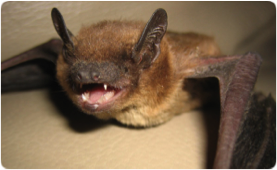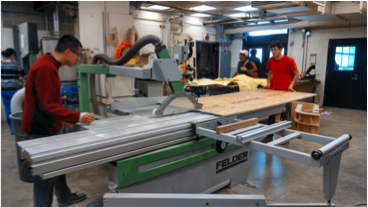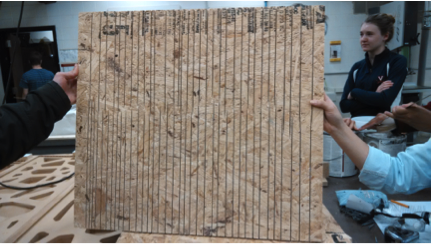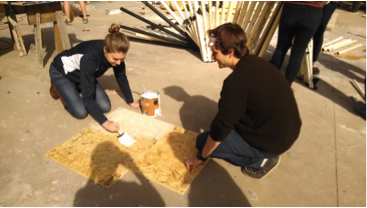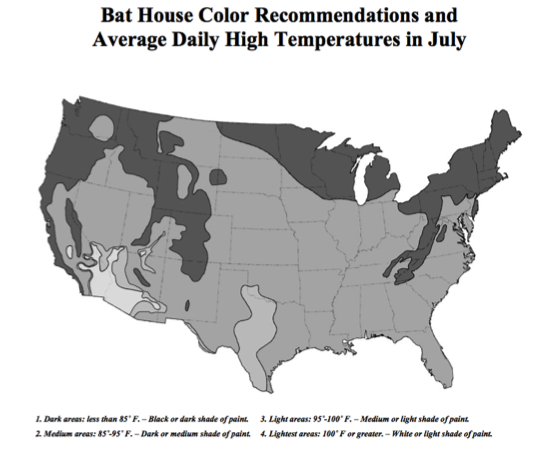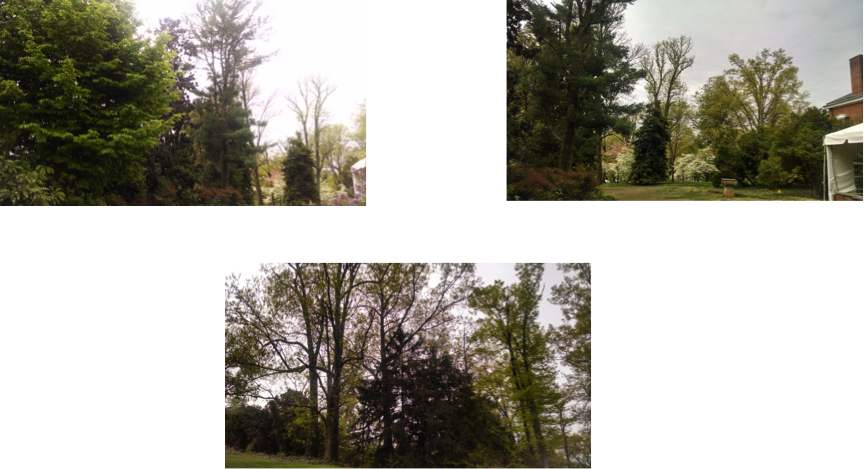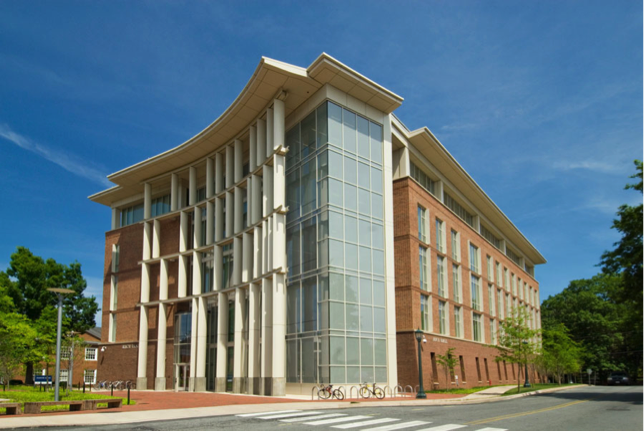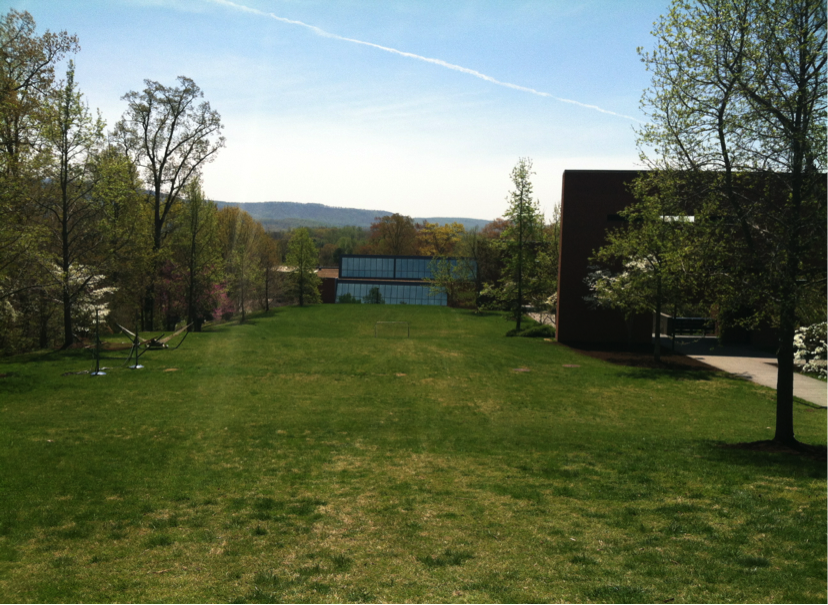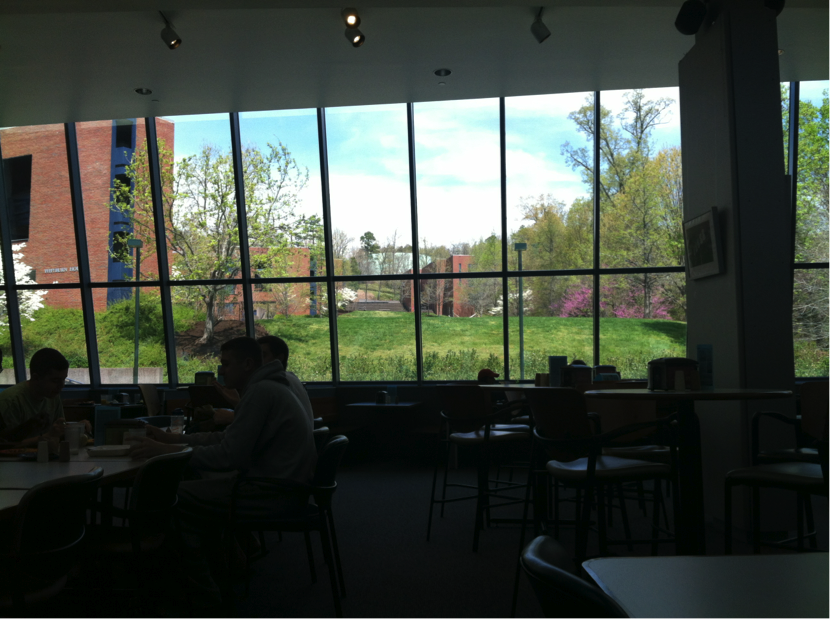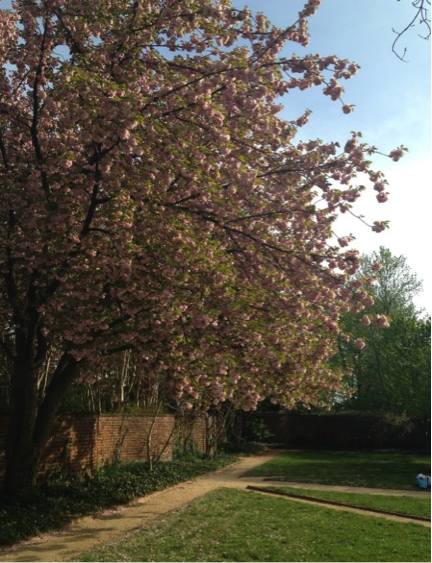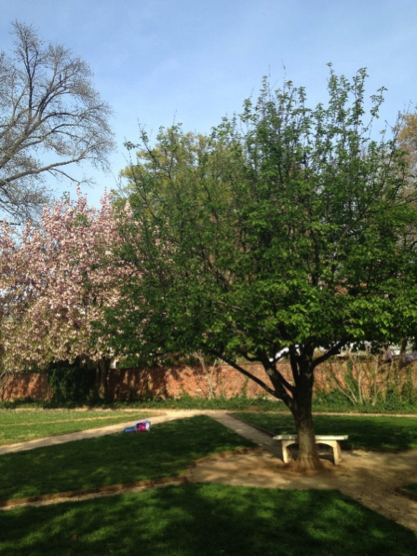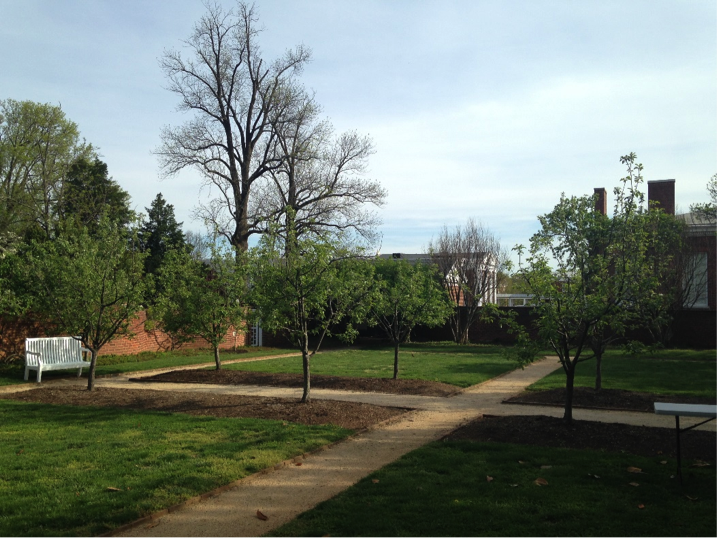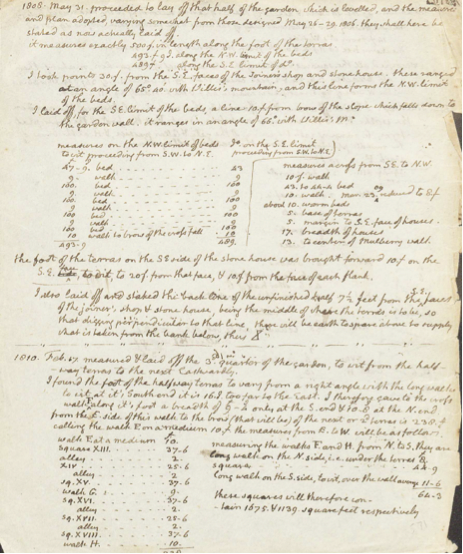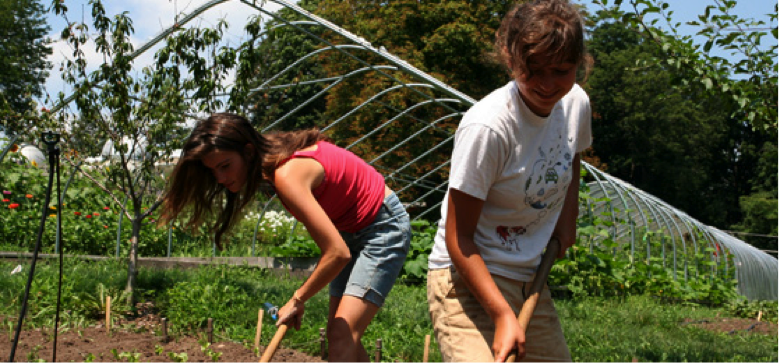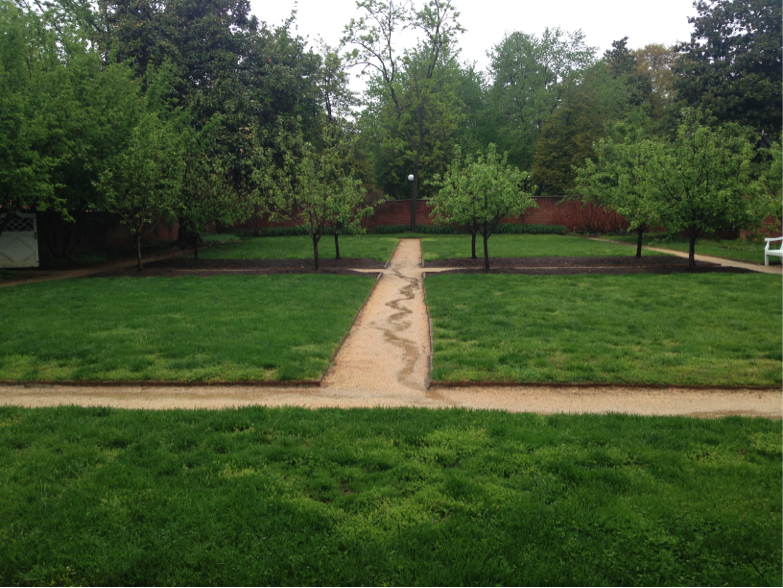Do you love eating mangoes, peaches, dates, cashews, or bananas? Do you like drinking Margaritas? Do you prefer eating organic food? If so, you should thank bats. Many of our most important and delicious foods and drinks come from bat-dependent plants. Approximately 20 percent of fruit sold comes from trees or shrubs that rely on bats in the wild (Dr. Tuttle, 2011). These creatures help us maintain a biodiverse ecosystem by pollinating flowers and dispersing seeds in rainforests and deserts. The seeds of more than 110 plant species are dispersed and pollinated by bats, producing important food and drinks for us, including 72 plant species that humans use to produce medicine. In addition, 66 plant species produce timber, 29 are used to fabricate fiber and cordage, 25 are needed to create dyes, 19 are used to make tannins, and 22 are rendered into animal feed (Bureau of Land Management). Therefore, bats are critical in supporting the world’s ecosystem, maintaining a healthy environment, and contributing to the success of human economies.
Bats have helped foster human economies around the world. Even in commercial orchards many fruit trees rely on bat pollinators. For example, durian fruit, the king of Asian fruits, would not have a market worth a billion dollars annually if the population of its bat pollinators decreased, thereby causing a decline in the health of the fruit’s population. In addition to its economic contribution, bats are also essential to the production of other fruit trees that are important to the diet of people in specific cultures. In East Africa, the fruit from the Baobab Tree, a plant recognized as the African Tree of Life due to the variety of wildlife that depend of it for food and shelter, contains six times as much vitamin C as oranges, twice as much calcium as milk, and is rich in other vitamins and antioxidants (Dr. Tuttle, 2011). The nutritional content of this tree has the potential to turn into a billion dollar yearly crop production market. Lastly, with the help of these creatures, people can produce tequila liquor from the saguaro and organ pipe cactus found from the southwestern United States to southern Peru. Those who are fans of Margaritas should cheers to bats next time they have the chance.
In addition to bat’s contribution towards enhancing biodiversity, bats also help maintain our environment’s health by providing ecosystem services known as “biological control”. Bats are predators of many natural pests, such as the damaging corn earworm and armyworm moths that destroy crop fields. In San Antonio, Texas, a colony of 20 million free-tailed bats can consume 200 tons of insects nightly, which prevents almost a trillion eggs from being laid each night. As a result, cotton growers are able to save close to a million dollars annually from this reduction in spend on pesticides (Dr. Tuttle, 2011). Bats are the most effective form of natural pest control, saving both agricultural production and money from crop losses and pesticides. Aside from this cost reduction, using fewer pesticides in crops improves the health and quality of the production, allowing for the production of organic food. Furthermore, decreasing the use of pesticides reduces chemical pollution in our environment that harms other living organisms.
Restoring bat populations can solve many economic, environmental, and health issues. The value of these creatures has been erroneously depreciated due to sensational media stories and stereotypes about correlating bats with vampires and diseases. This amazing animal is among our planet’s least understood or appreciated, and is rapidly becoming endangered. Bats are the heroes behind a veil of misconception and awareness must be raised in order to conserve these valuable mammals.
A global campaign has taken the initiative to promote conservation, research and education by inaugurating The Year of the Bat. Participate and learn more about the conservation of the world’s only flying mammal by testing your knowledge in the following bat quiz: http://www.yearofthebat.org/.
Bibliography
Bat Conservation Publisher. “get involved.” year of the bat 2011-2012. http://www.yearofthebat.org/get-involved/
Bat Conservation Publisher. “Focus: Bats and Ecosystem Services.” bats and biodiversity. http://www.yearofthebat.org/all-about-bats/bats-and-biodiversity/
Buddenhagen, Ivan W. 2008. “Bats and Disappearing Wild Bananas”. BATS Magazine. http://www.batcon.org/index.php/media-and-info/bats-archives.html?task=viewArticle&magArticleID=1023
Turttle, Dr. Merlin D. 2011. “Bats as Invaluable Allies.” . http://www.yearofthebat.org/_webedit/uploaded-files/All%20Files/TEEB_%E2%80%9CBats%20as%20Invaluable%20Allies%EF%80%A0%20%EF%80%A7%20Bank%20of%20Natural%20Capital.pdf
BUREAU OF LAND MANAGEMENT, U.S. DEPARTMENT OF THE INTERIOR. “Bats: Essential to Healthy Ecosystems.” Cave Ecosystems: Bats and Caves. http://www.blm.gov/wo/st/en/res/Education_in_BLM/Learning_Landscapes/For_Teachers/science_and_children/caves/index/caves_bats.html
Post by Michelle S. Chen, Fourth-Year, Architecture

